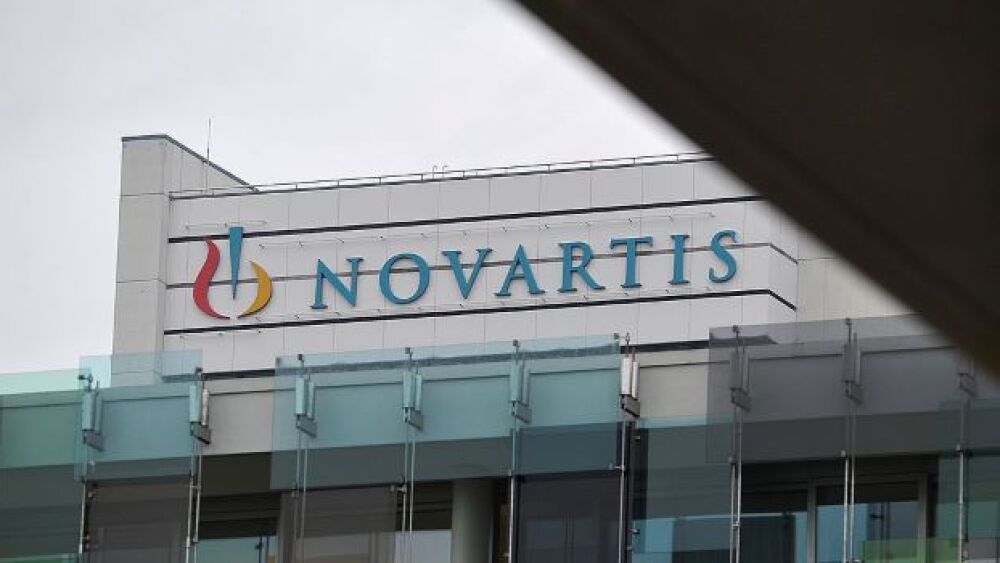The EUA request is based on the Phase II study that showed treatment with ensovibep reduced the viral load from the SARS-CoV-2 virus within eight days of use compared to placebo.
Harold Cunningham/Getty Images
One month after posting positive Phase II data, Novartis and Molecular Partners AG are seeking Emergency Use Authorization from the U.S. Food and Drug Administration for ensovibep, a DARPin antiviral therapeutic candidate developed to treat COVID-19.
The EUA request is based on data from the Phase II portion of the EMPATHY study that showed treatment with the therapeutic reduced the viral load from the SARS-CoV-2 virus within eight days of use compared to placebo. The data was positive for three different dosing arms assessing ensovibep, Novartis said last month. Additionally, treatment with ensovibep reduced the risk of hospitalization and emergency room visits related to COVID-19 infection by 78%.
There were no deaths associated with COVID-19 infection in the study for those treated with ensovibep. Of the 301 patients who received ensovibep in the study, only four saw their symptoms worsen to warrant a trip to the hospital. Two patients who received a placebo during the trial died from worsening infection.
Based on the data from the study, Novartis said the 75mg dose of ensovibep, which is the lowest quantity assessed in the study, will be its choice for potential authorization.
Ensovibep is a DARPin therapeutic candidate that has been designed specifically to inhibit target cell entry of SARS-CoV-2. DARPins, which stands for Designed Ankyrin Repeat Proteins, are mono or multi-specific protein-based therapies. These have been developed to specifically engage the viral target.
In the case of ensovibep, Switzerland-based Molecular Partners noted the asset includes three covalently linked individual DARPin domains that bind to the spike protein of SARS-CoV-2. This allows ensovibep to block the receptor-binding domain of the virus’ spike protein, even in the presence of some mutations.
Data shows that ensovibep continues to maintain “potent in vitro pan-variant activity” against all variants of concern that have been identified so far, including the Omicron variant that has sparked the most recent surge of infection across the globe.
“These encouraging results come at a time when the need for therapies with pan-variant activity, such as ensovibep, has never been greater. We are incredibly excited about the opportunity to provide a potential therapeutic option for patients around the world who require access to effective COVID-19 treatments,” Patrick Amstutz, chief executive officer of Molecular Partners said in a statement.
When Novartis announced the positive Phase II data the EUA is based upon last month, Novartis CEO Vas Narasimhan expressed his excitement about the potential therapeutic option for treating physicians, should ensovibep receive EUA. Narasimhan noted that COVID-19 continues to be a burden on global healthcare systems across the world, particularly in some less-economically advantaged countries.
“Despite availability of vaccinations, there continues to be disease transmission, either through pockets of unvaccinated populations, in patients with compromised immune systems and co-morbidities or through emerging variants, and breakthrough infections are likely to continue,” Novartis said in its announcement.
Following the Phase II data announcement, Novartis exercised its option to license ensovibep from Molecular Diagnostics. Novartis paid the company 150 million Swiss francs (about $162 million) for the asset. Novartis began to ramp up its manufacturing of ensovibep ahead of potential EUA.





